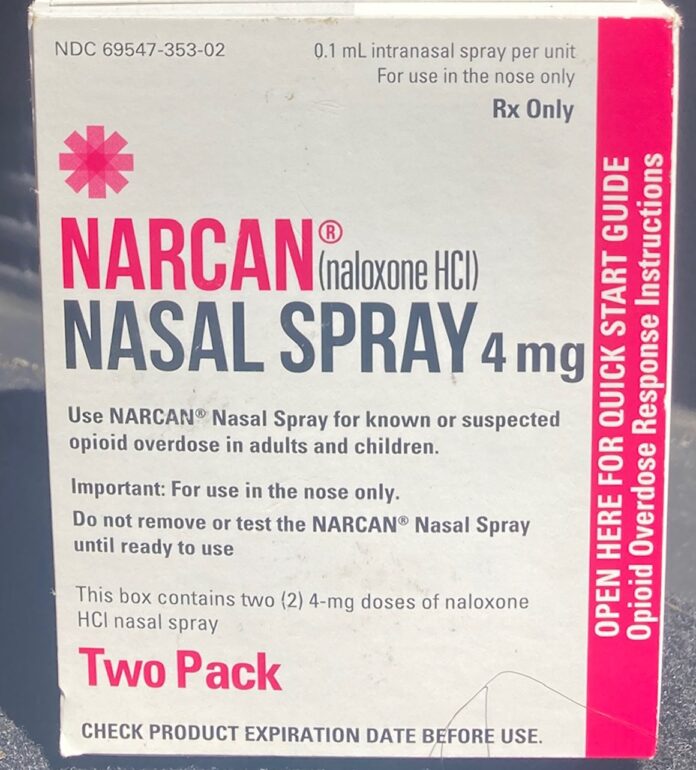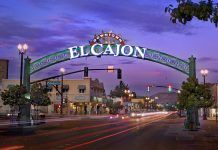San Diego County Department of Health and Human Services announced July 28 they will install 12 naloxone vending machines throughout the region by next summer, six of which are scheduled to go up by the end of 2022.
Naloxone, also known as Narcan, is a medication used to reverse opioid overdoses and potentially prevent death by restoring normal breathing. It can prevent death by overdose if used quickly and followed by medical treatment.
San Diego County Chief Population Officer Nicole Esposito said the medication is a proven life saver in overdose situations and getting naloxone into the hands of community members is vital for saving lives that might otherwise be lost to overdose.
The machines will be fitted with a device which requires a code or pin number for use, assigned after someone completes basic training on how to use the naloxone on someone they believe is overdosing. Registration and use will be anonymous and free of charge.
Harm Reduction Coalition of San Diego county founder Tara Stamos-Buesig said the organization, which already hosts county-wide training at community events on how to administer naloxone, has been contracted to determine best placement of the vending machines.
According to the National Coalition of Harm Reduction, harm reduction in general is a set of practical strategies aimed at reducing negative consequences associated with drug use and instead focusing on treatment.
HRCSD, along with secondary contractors will be providing ongoing community training on how to access and use the medication.
“There are different types of training— some are available to watch online and then viewers can click a button to confirm participation. There are also naloxone training events where one or two people come to a table or display and learn how to use it in person. There’s hope of going into schools, training law enforcement, prevention agencies, treatment providers, just about everybody,” Stamos-Buesig said.
The first goal, she said, is to get the vending machines out into different communities. Although they are still working out exact site locations, both HRCSD and Esposito confirmed the first machine will be installed at El Cajon-based McAlister Institute’s Chula Vista regional recovery center.
HRCSD is also considering places such as jails, addiction treatment centers, homeless shelters, university campuses like
University of California, San Diego and San Diego State University, and tribal reservations for subsequent installations.
The naloxone being distributed is funded through the state’s Naloxone distribution program, Cadiao said and the program itself is being paid for with one time start-up funding through Overdose Data to Action, a CDC funded initiative and realignment funds.
“This is an absolutely exciting, groundbreaking endeavor from a long labor of love,” Stamos-Buesig said, intended to keep people alive and “bridge the gap” between substance use and some form of recovery.
The county’s goal is to disseminate 33,000 naloxone kits by June 30, 2023.














